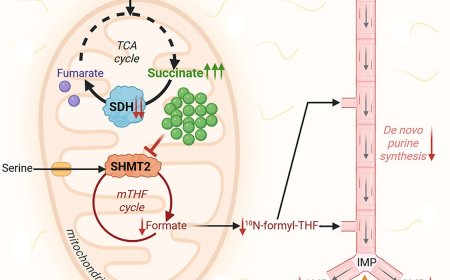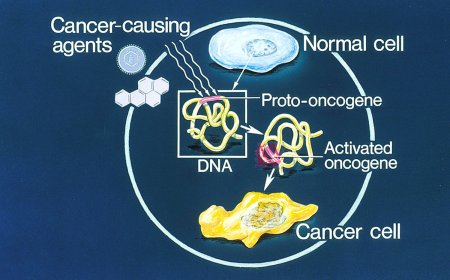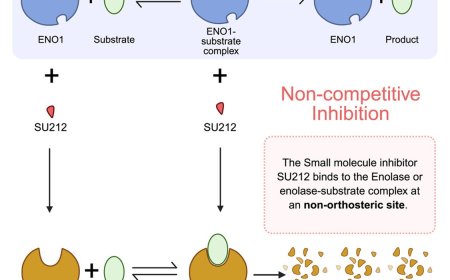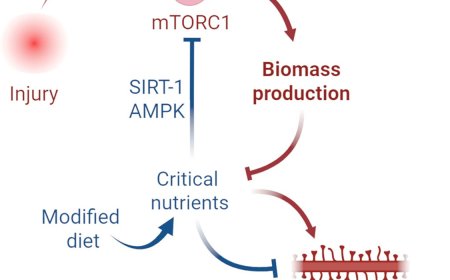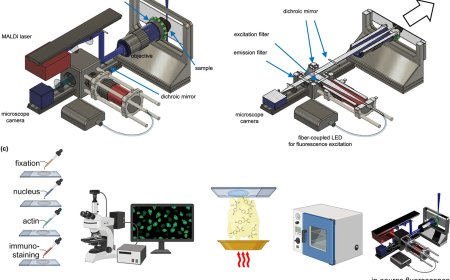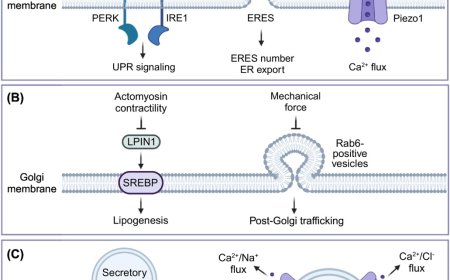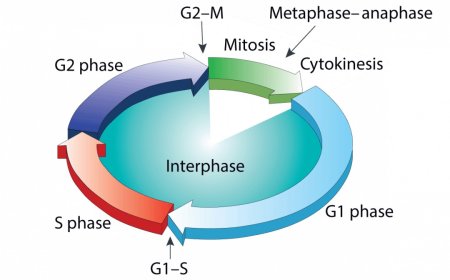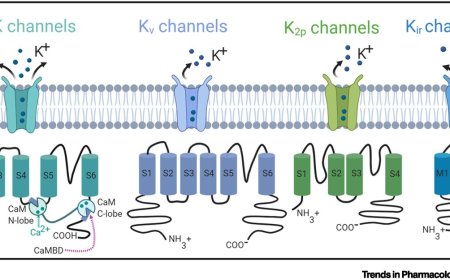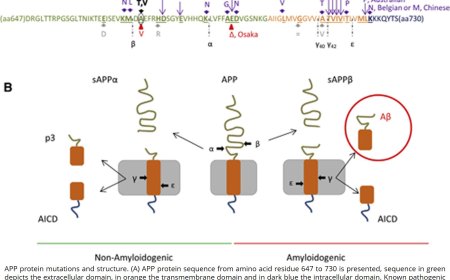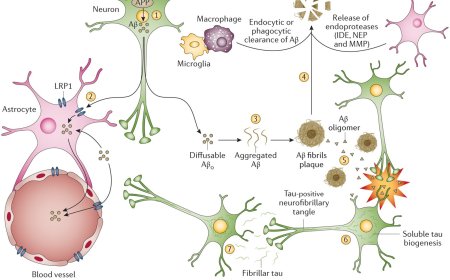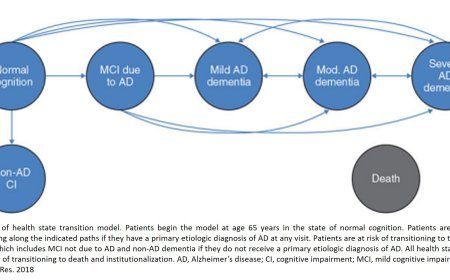Cellular and molecular mechanisms of Alzheimer’s disease
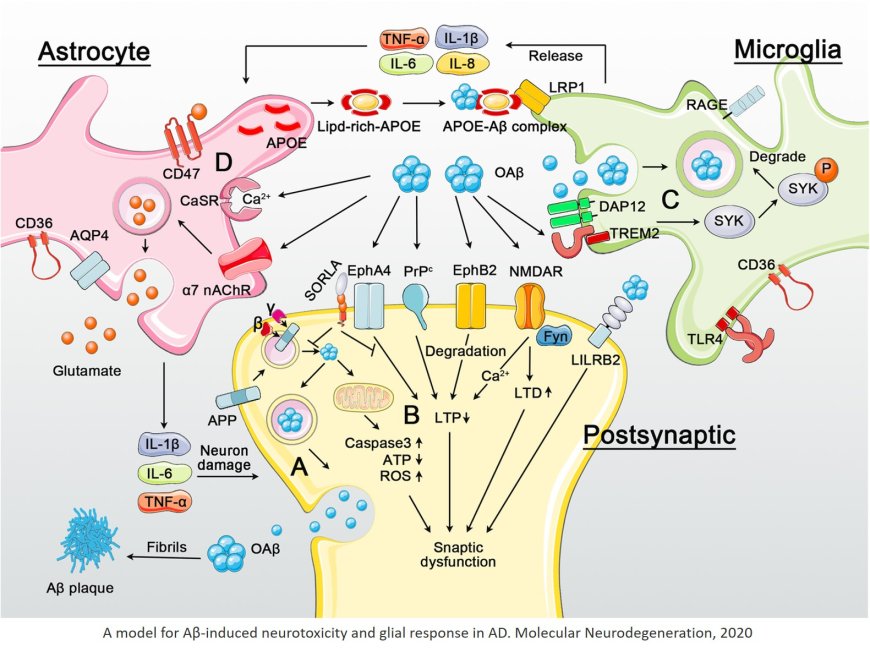
Alzheimer's disease is a complex neurodegenerative disorder characterized by progressive cognitive decline and memory loss. The exact mechanisms underlying Alzheimer's disease are not yet fully understood, but research has identified several key pathways and processes that contribute to the disease.
The Amyloid Cascade Hypothesis
1. Amyloid precursor protein (APP): APP is a transmembrane protein that is cleaved by enzymes called secretases.
2. Beta-amyloid (Aβ) production: The cleavage of APP by beta-secretase and gamma-secretase leads to the production of Aβ peptides.
3. Aβ aggregation: Aβ peptides aggregate to form oligomers, which are toxic to neurons.
4. Aβ deposition: Aβ oligomers deposit in the brain, forming senile plaques.
The Tau Hypothesis
1. Tau protein: Tau is a microtubule-associated protein that plays a crucial role in maintaining neuronal structure and function.
2. Tau hyperphosphorylation: Tau is hyperphosphorylated, leading to its dissociation from microtubules.
3. Tau aggregation: Hyperphosphorylated tau aggregates to form neurofibrillary tangles (NFTs).
Neuroinflammation and Oxidative Stress
1. Microglial activation: Microglia, the brain's immune cells, are activated in response to Aβ deposition.
2. Pro-inflammatory cytokines: Activated microglia release pro-inflammatory cytokines, which contribute to neuroinflammation.
3. Oxidative stress: Aβ and NFTs can induce oxidative stress, leading to neuronal damage.
Mitochondrial Dysfunction
1. Mitochondrial damage: Aβ and oxidative stress can damage mitochondria, leading to impaired energy metabolism.
2. Mitochondrial dysfunction: Mitochondrial dysfunction contributes to neuronal damage and death.
Synaptic Dysfunction and Neurodegeneration
1. Synaptic loss: Aβ and tau pathology can lead to synaptic loss and dysfunction.
2. Neurodegeneration: Synaptic dysfunction and mitochondrial damage contribute to neuronal death and neurodegeneration.
Other Mechanisms
1. Cholinergic dysfunction: Decreased cholinergic neurotransmission contributes to cognitive decline.
2. Vascular factors: Vascular risk factors, such as hypertension and diabetes, contribute to Alzheimer's disease pathology.
3. Lifestyle factors: Lifestyle factors, such as physical inactivity and social isolation, may contribute to Alzheimer's disease risk.
The mechanisms underlying Alzheimer's disease are complex and multifaceted. Understanding these mechanisms is crucial for the development of effective therapeutic strategies.
https://molecularneurodegeneration.biomedcentral.com/articles/10.1186/s13024-020-00391-7 https://sciencemission.com/Alzheimer%E2%80%99s-mechanisms
